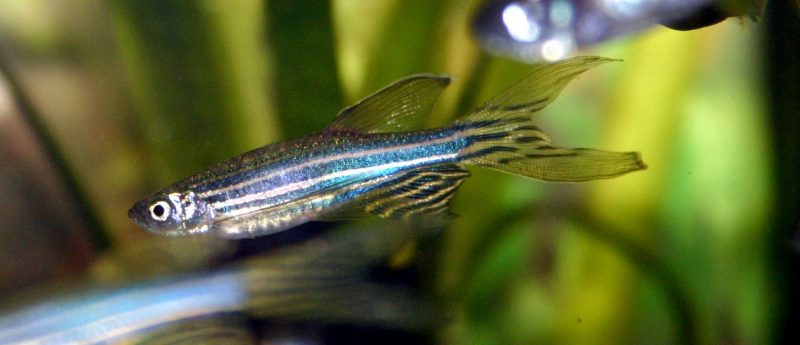Study uncovers regenerative properties of the zebrafish heart

Research carried out by the Duke University School of medicine sought out to identify the properties of the zebrafish epicardium and its ability to regenerate itself.
Researchers from the Duke University School of Medicine (NC, USA) have discovered properties of the epicardium that could help explain the zebrafish’s remarkable ability to regrow cardiac tissue. The finding points to a possible target for repairing the damage caused by a heart attack. The study was recently published in Nature.
While the human heart can’t heal itself, the zebrafish heart has the ability to easily replace cells lost by damage or disease. After an injury, the cells in the zebrafish epicardium generates new cells to cover the wound, secreting chemicals that prompt muscle cells to grow and divide, and induces angiogenesis.
“The best way to understand how an organ regenerates is to deconstruct it. So for the heart, the muscle usually gets all the attention because it seems to do all the work,” explained Kenneth D. Poss, senior author of the study and professor of cell biology at Duke University School of Medicine. “But we also need to look at the other components and study how they respond to injury. Clearly, there is something special about the epicardium in zebrafish that makes it possible for them to regenerate so easily.”
The study found that when this critical layer of the heart is damaged, the whole repair process is delayed as the epicardium undergoes a round of self-healing before tending to the rest of the heart. The new research demonstrated that the process requires signaling through a protein called sonic hedgehog, and demonstrated that adding this molecule to the surface of the heart can drive the epicardial response to injury.
Heart attacks are a major cause of death and disability in the United States. More than five million Americans are currently experiencing heart failure, and over 900,000 suffer from a heart attack each year.
“The epicardium is underappreciated, but we think it is important because similar tissues wrap up most of our organs and line our organ cavities,” commented Poss. “Some people think of it as a stem cell because it can make more of its own, and can contribute all different cell types and factors when there is an injury. The truth is we know surprisingly little about this single layer of cells or how it works. It is a mystery.”
Poss and his team carried out multiple experiments to identify the properties of the epicardium and its ability to regenerate itself. They used a zebrafish heart model to search for small molecule compounds or drugs that would affect its ability to regenerate. They screened molecules known to be involved in development of embryos, such as fibroblast growth factors and sonic hedgehog, and found that the latter was essential for the regeneration process. The team is now planing to perform larger screens for molecules that could enhance heart repair in zebrafish, and perhaps one day provide a new treatment for humans with heart conditions.
“Studies of the epicardium in various organisms have shown that this tissue is strikingly similar between fish and mammals,” commented Poss. “Indicating that what we learn in zebrafish models has great potential to reveal methods to stimulate heart regeneration in human.”
Sources:
Wang J, Cao J, Dickson A, Poss KD. Epicardial regeneration is guided by cardiac outflow tract and Hedgehog signalling. Nature, doi:10.1038/nature14325 (2015) [Epub ahead of print]; Duke University School of Medicine press release: http://today.duke.edu/2015/05/heartlayer